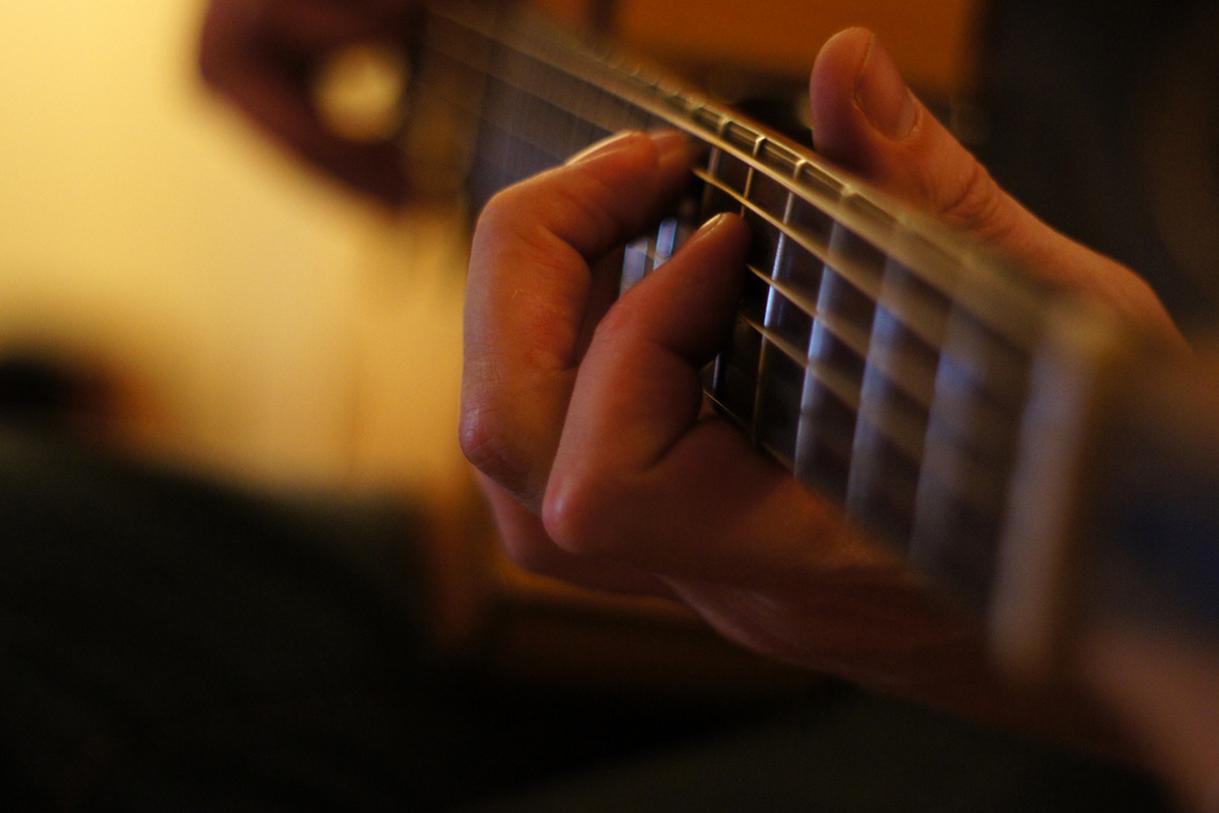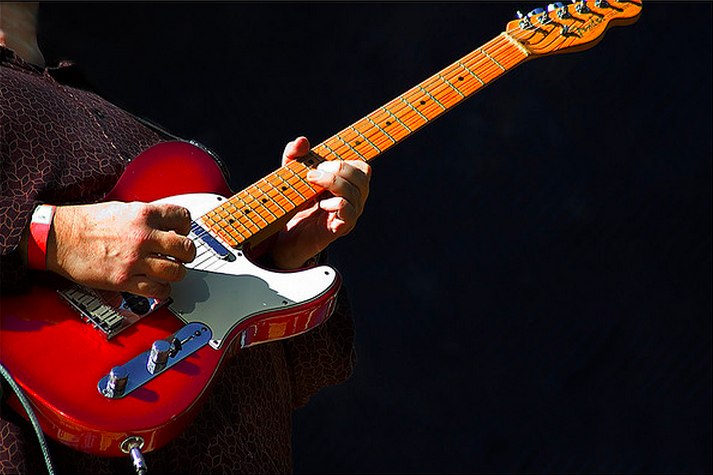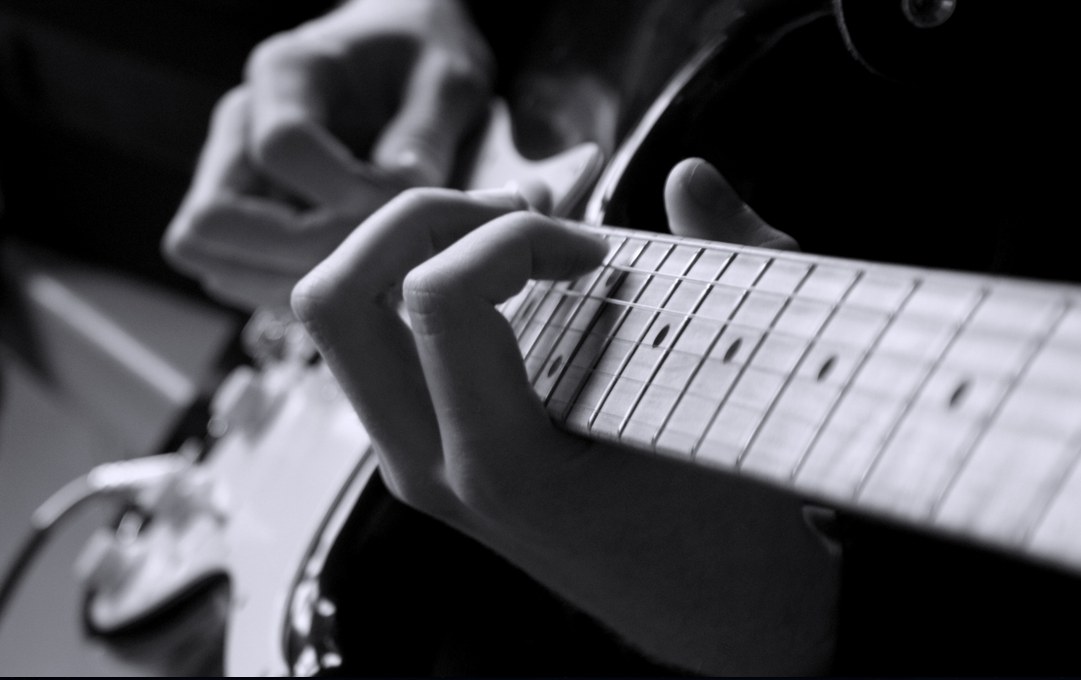When I started learning to solo and improvise I began with the pentatonic / blues scale.
Somewhere along the way I got into arpeggios, intervals, patterns, improvising and making melody with the major scale. I accumulated all these ideas over time and incorporated it into my playing.
Learning all of these things takes time and effort, but the important thing is to have fun and experiment.
Bit by bit you will connect the dots and bring everything together and you’ll get a better overview of how guitar playing really works.
Learning to make melodies and creating ideas from the major scale, blues scale, modes, triads, intervals, patterns, arpeggios, etc, makes improvising and soloing exciting and more interesting to listen to. Expanding your vocabulary will expand your possibilities to make even more beautiful music.
TRIAD ARPEGGIO
A triad arpeggio is a three note chord where the notes are played one after another. There are four basic triads: Major (1-3-5) , Minor (1-b3-5), Augmented (1-3-#5) and Diminished (1-b3-b5).
In the examples below the triads are played within the key of G. (diatonic triads) There are 7 triads that can be derived from the major scale. One triad built on each scale degree. For the G major scale those are: G Am Bm C D Em F#dim
Take your time and practice these triad arpeggios all the way up the neck and back down again.
Have fun!
Continue Reading


 Building speed is not just for guitar players who want to play fast and look good (not that there’s anything wrong with that), but building speed is good for any aspect of guitar playing.
Building speed is not just for guitar players who want to play fast and look good (not that there’s anything wrong with that), but building speed is good for any aspect of guitar playing.